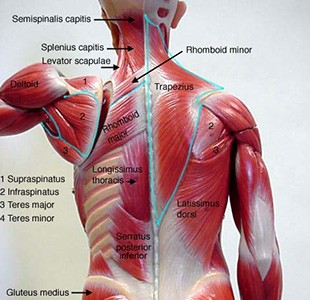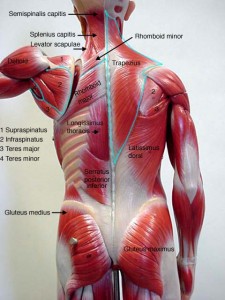
Understanding Flexibility

Flexibility is the ability to move muscles and joints through their full ranges of motion. Stretching refers to the process of lengthening connective tissues, muscles, and other tissues. Flexibility and stretching exercises are separated into several categories depending on the way the muscle is stretched.
Static flexibility relates to the range of motion (ROM) about a joint with no emphasis on speed during stretching; hence, static flexibility is the result of static stretching.
Ballistic flexibility is usually associated with bouncing, rebounding , and rhythmic motion. In ballistic stretching, momentum of a moving body or limb is used to increase the ROM forcibly. The risk of injury is greater. An example of ballistic stretching would be swinging your arms out to the side so that momentum is responsible for the increased ROM.
Dynamic or Functional flexibility refers to the ability to use a range of joint movement in the performance of a physical activity at either normal or rapid speed. In contrast to ballistic stretching, it includes no bouncing or jerky movements. Dynamic or functional flexibility directly corresponds to the specificity of the stretching as it relates to the activity.
Active Flexibility refers to a range of motion accomplished by the voluntary use of a muscle without assistance. An example of active flexibility is an athlete slowly raising and holding the kicking let to a 100 degree angle. Active flexibility may be static or dynamic.
Research has proven that flexibility does not exist as a general characteristic but is specific to a particular joint and joint action. For instance an athlete may be flexible in his hips but tight in the shoulders, or tight in the right hip but flexible in the left hip. Even within sports groups, particular patterns of flexibility are related to frequent or unique joint movements in those activities or positions. Therefore, flexibility training focusing on improving a joint’s ROM must be specifically tailored to the needs of the individual athlete and the sport in which they are participating.

